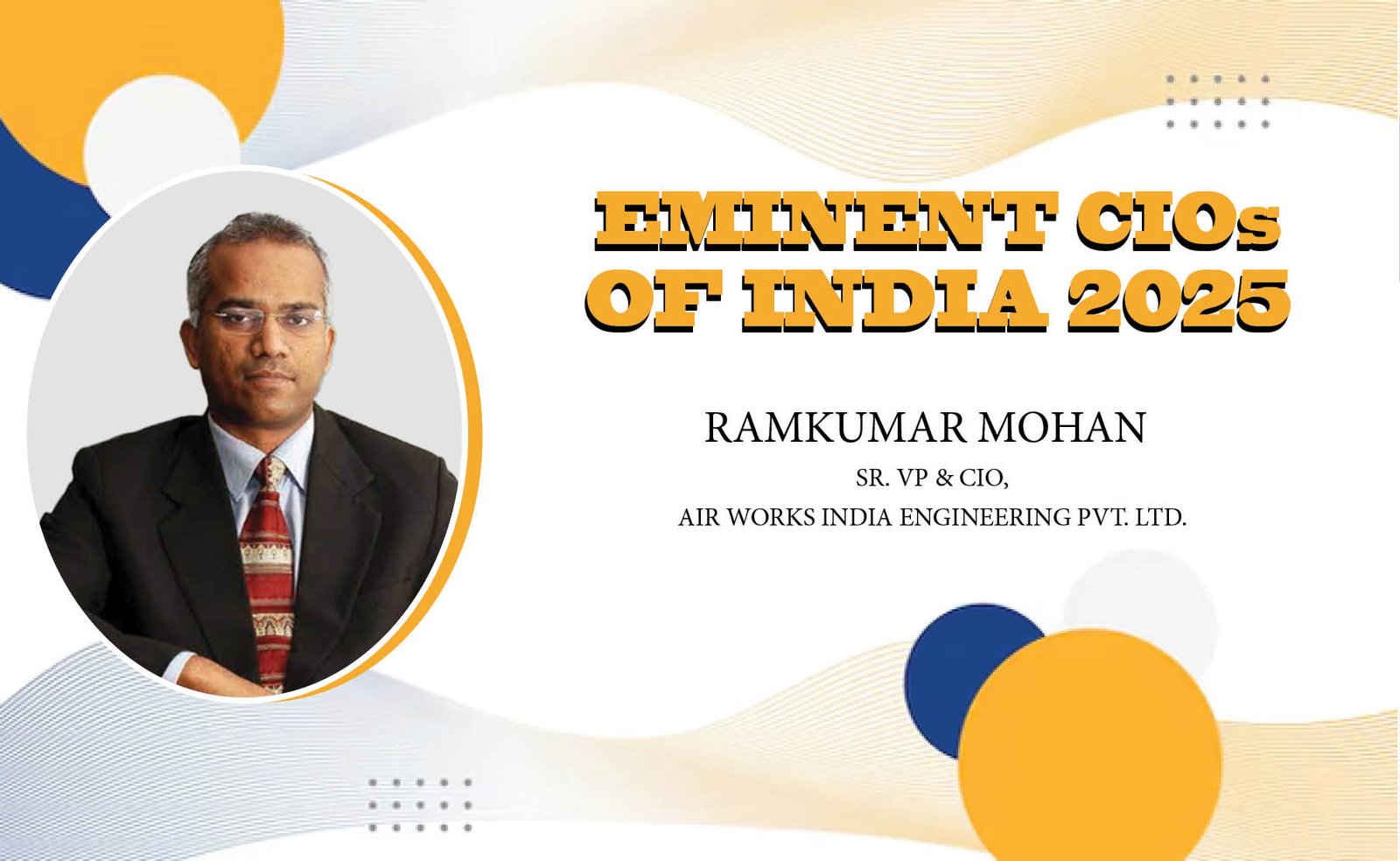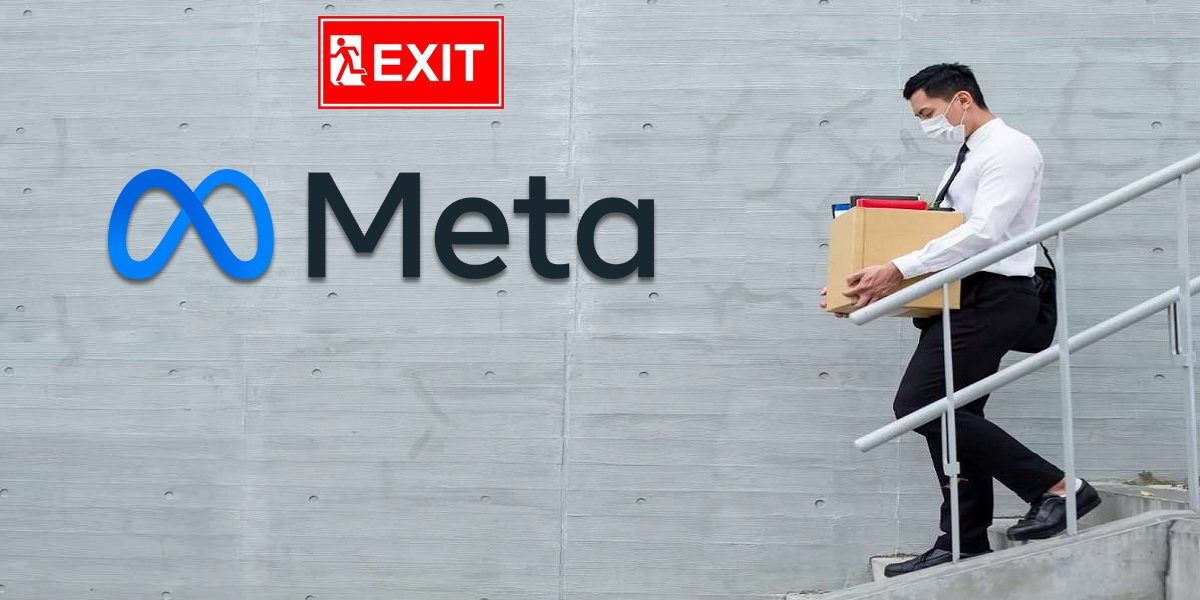Ramkumar Mohan, Sr. VP & CIO, Air Works India Engineering Pvt. Ltd.
Today, enterprises are embracing a range of transformative technologies to stay competitive and future-ready. AI-powered automation is streamlining workflows and improving decision-making through predictive insights. Edge computing is reducing latency and enabling real-time data processing at the source, enhancing responsiveness in mission-critical environments.
Cybersecurity is also evolving, with zero-trust frameworks and AI-based threat detection becoming foundational to modern digital defense. Scalable, cloud-native architectures are empowering organizations with agility and efficiency, while blockchain adoption is improving transparency, trust, and integrity across supply chains and business operations. These trends are redefining enterprise operations, demanding strategic adoption for long-term success.
The Strategic Business Drivers
CIOs are evolving from IT managers into strategic enablers of digital innovation and enterprise growth. Their role now includes aligning technology initiatives with broader business goals, driving revenue through digital transformation, and enhancing customer experiences using data analytics, AI, and cloud technologies. Beyond maintaining IT infrastructure, they foster innovation, ensure regulatory compliance, and embed agility into business models. By collaborating across departments, CIOs are leading change, making technology a cornerstone of enterprise success rather than just a support function.
The all-new Enterprise Culture
A security-first culture requires proactive employee training, strict access controls, and integration of cybersecurity into daily operations. Embedding security metrics into performance reviews and leadership advocacy fosters accountability. Enterprises are also adopting AI-driven threat detection, automated incident response, and zero-trust frameworks to enhance protection. AI supports real-time monitoring and behavioral analytics, while automation speeds up threat mitigation. These combined efforts reduce vulnerabilities, detect insider threats, and strengthen endpoint security, ensuring business continuity, compliance, and resilience against evolving cyber risks across the organization.
Converging Roles for Enhanced Governance
As enterprises become more data-driven, the roles of CIOs, CTOs, CISOs, and DPOs are increasingly interlinked. While CIOs focus on digital strategy and transformation, CTOs drive tech innovation and infrastructure. CISOs are now central to managing cyber risk and compliance, while DPOs ensure regulatory adherence and ethical data governance.
Although the DPO role ideally remains independent, in resource-constrained organizations, CIOs or CISOs may assume these responsibilities, provided clear governance frameworks are in place. Together, these leaders are building resilient, compliant, and innovation-ready enterprises through collaboration and shared accountability.






